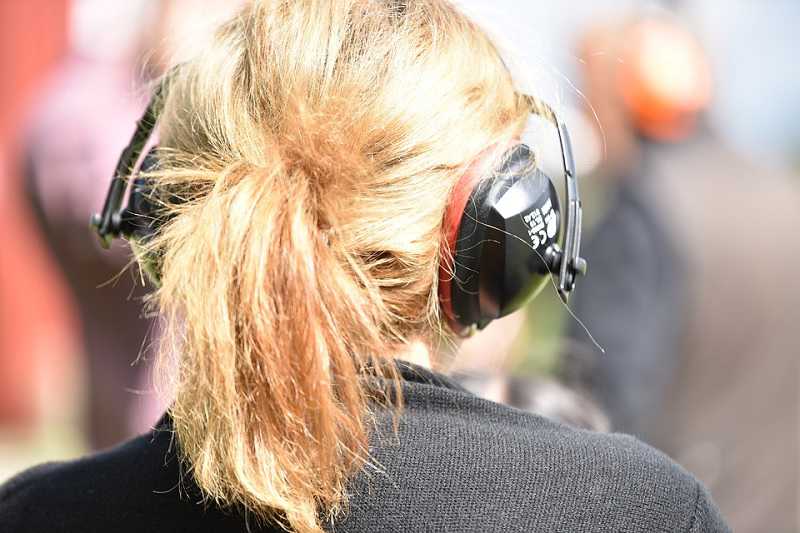As an Amazon Associate we earn from qualifying purchases.
If you’ve ever worked in a noise-filled environment you may have been expected to wear hearing protection devices (HPDs) such as earplugs or noise-cancelling ear muffs. Certain environments definitely need this protection, but is there such a thing as too much hearing protection?
The Law
In the UK, it is the law for workplaces to follow certain requirements:
- Employees should be provided with hearing protection if they ask for it and if the noise exposure in the workplace is an average of 85 dB or above
- When noise exposure exceeds 85 dB, ear protection must be provided to employees
- Employers must make sure this hearing protection is being properly used
- Relevant zones must be identified in the workplace where hearing protection is necessary and signs put up if possible
- Training and information must be provided to employees on how to use hearing protectors
For more in-depth information on the law surrounding hearing protection in the workplace, see the Health and Safety Executive’s page here.
Why You Need Hearing Protection
The eardrum is a thin membrane which is stretched by the vibrations of sound, which allows us to hear. The eardrum and the tiny cells in our ears can be damaged by excessive exposure to loud noise. Anything over 85 dB can affect our hearing and prolonged exposure causes permanent problems such as irreversible hearing loss.
Wearing ear protection when it is necessary to do so can eliminate the chances of damaging your hearing, so if you work in a noisy environment then you must wear the relevant protection.
The Dangers of Overprotection
As well as benefits, there are dangers to wearing hearing protection as there can be such a thing as too much hearing protection. 70 dB is the lowest recommended level, so if hearing protection makes reduces sound to below 70 dB, this is considered to be too much protection.
Reducing noise levels by too much can lead to several problems in the workplace:
- Impaired communication
- Missing warning signals
- Isolation and being unaware of surroundings
Of course, many loud working environments are also large areas with many staff in places with lots of potential hazards. If the level of hearing is lowered beyond the necessary means, it could cause more problems than it solves.
Over-protection happens when employers provide hearing protection with more than the necessary single noise rating (SNR) level needed for the workplace. If workers use hearing protection with a very high SNR rating it can mean they miss a warning signal for a severe hazard, have a reduced ability to communicate with co-workers or are less aware of other hazards in the workplace.
On a large and busy worksite with heavy-duty vehicles, not hearing enough could lead to a major accident.
Some workers start to feel isolated from not being able to communicate properly or effectively with their co-workers, which can cause their productivity levels to drop. Another issue caused by isolation is that they will choose to not wear the protective equipment resulting in hearing damage in the long-run.
Recommended SNR Levels
Different levels of noise have varying recommendations for hearing protection. The protection for hearing is known as SNR (Signal to Noise Ratio) value and different types of hearing protection off varying levels:
| Noise Level (dB) | Recommended SNR level for Hearing Protection |
|---|---|
| 85-90 | 20 or less |
| 90-95 | 20-30 |
| 95-100 | 25-35 |
| 100-105 | 30 or more |
The Solution
It is in employers’ interests to ensure that the recommended precautions are taken to reduce noise levels in the workplace and that the correct hearing protection equipment is chosen.
In addition to regular ear plugs and ear defenders, you can now buy electronic ear defenders such as the Peltor SportTacs that amplify quiet noises while dampening loud noises. These are mainly designed for shooting, but could be used in industrial settings if you’re worried about not being able to hear what’s going on around you.
You can also get ear defenders that will connect to a two-way radio or other communicative device, which could be useful in workplaces where communication between coworkers is important.
With effective training and appropriate hearing protection equipment suited to the workplace, the dangers of both hearing damage and over-protection can be eliminated over time.
Amazon and the Amazon logo are trademarks of Amazon.com, Inc, or its affiliates.

